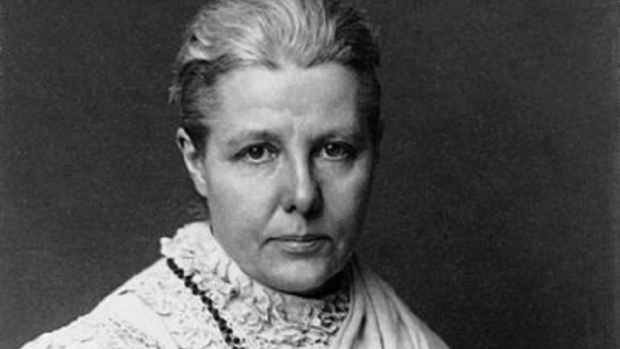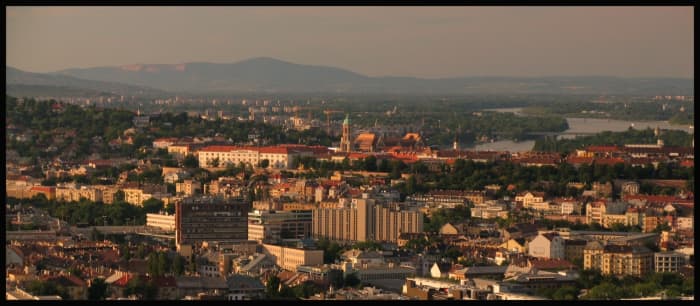Eastern European Countries and Capitals
Eastern Europe
Eastern Europe, with its mosaic of countries, nations, languages, and ethnicities, may seem overwhelming for a tourist. And it is understandable: The geographical boundaries have constantly moved for centuries, the culture of the area is very eclectic, the ethnic groups are mixed, and the political frontiers are oscillating according to obscure diplomatic interests.
Yet, despite all of the above, the countries of Eastern Europe have their own identities, formed a long time ago.
What Is Eastern Europe? A Big Bewilderment!
Eastern Europe as a geographical area does not have defined boundaries. However, it once used to have political frontiers. The most recent ones were set according to the political regime mainly divided between “the communist” and the rest of the world. The communists were the countries that were part of the former “Warsaw Pact” or “Communist Block”.
Today, this division is considered old and inaccurate. The new definition of Eastern Europe has emerged from United Nations Organization or the European Union.
Rather than speaking about an Eastern Bloc, so as not to discriminate between nations and for too many worries of being politically correct, they redesigned the map and reassigned countries to subregions and regions all over the European continent. So, there is Central and Eastern Europe as well as Eastern Europe, which is united with some parts of the Asian Continent.
As for cultural frontiers, each country has its own personality, very few characteristics being similar from one region to another, particularly on the borders.
The Countries of Eastern Europe
As I said before, it is hard to draw a map of this region. Most people living in this part of the world would speak about this area as “the former communist bloc”, as defined by NATO and UN, and include the following countries, in alphabetical order:
- Belarus
- Bulgaria
- Czech Republic
- Hungary
- Moldova
- Poland
- Romania
- Russia
- Slovakia
- Ukraine
Below is a sketch of each of these countries in 2012. It contains basic political and geographical information and a few words about people’s origins, alphabet, and language. There are two most known or interesting facts, and the neighbours are presented clockwise.
1. Belarus
Belarus is a former Soviet Union country that gained its independence in 1991. It is now a presidential republic. Its neighbours are Russia, Ukraine, Poland, Lithuania, and Latvia. The Capital, Minsk, is located in the center of the country. The population has a Slavic origin, and there are two languages: Belarusian and Russian. They use a Cyrillic alphabet.
It is good to know that Belarus hosts Europe’s largest ancient forest at Belovezhskaya and that it has the world’s biggest population of bison, the majority of them living in the ancient forest.
2. Bulgaria
Bulgaria is a former communist state, a member of the Warsaw Treaty, which, in 1989, managed to overthrow communism and become a parliamentary republic. The capital, Sofia, is an old city located in the western part of the country. Bulgaria’s neighbours are: Romania, Serbia, Macedonia, Greece, Turkey, and the Black Sea. The population is Slavic as well, and the official language is Bulgarian. The alphabet is Cyrillic.
They make very good pickles, and they have great beaches.
Recommended
3. Czech Republic
While under a communist regime, the Czech Republic was part of the Czech and Slovak Federal Republic. In 1993 the two countries separated in the Czech Republic and Slovakia. The author, Vaclav Havel, was one of the most known political figures that fought against communism, later becoming president.
The neighbours are Germany, Poland, Slovakia, and Austria.
The Czech capital is Praga, one of the most beautiful cities in Europe. Czechs speak a Slavic language named Czech, and, for writing, they use the Latin alphabet.
They are best known for their gardens and handmade Bohemian glass.
4. Hungary
Hungary, as well as the above countries, was part of the communist bloc until 1989. Now is a parliamentary democracy. The capital is Budapest and the city is divided by the Danube river into two parts, Buda and Pest. The neighbours are Slovakia, Ukraine, Romania, Serbia, Croatia, Slovenia, and Austria.
Hungarians speak Hungarian, a Finn-Ugric language, like Finnish and Estonian. They call it Magyar, and they call themselves Magyars as well. The alphabet is Latin.
They are well known for the Tokay wine. Also, the inventor of the Rubik's Cube is a Hungarian engineer named Erno Rubik.
5. Moldova
Moldova is a relatively young country. It is also very small. Before 1991, it was part of the Soviet Union. Now, it is a parliamentary republic, squeezed between Romania and Ukraine. The official language is Moldavian, which, in fact, is a Romanian dialect. They are a mix of Slavic and Latin populations but have adopted the Latin alphabet. The capital is Chisinau.
The neighbours are Ukraine, The Black Sea, and Romania. Once, they were famous in the area for their wine. Also, some say they have beautiful women.
6. Poland
Poland was a communist country until 1989 and now is a republic. Poland was a pioneer in the fight against the communist regime. The main figure is Lech Walesa, and its movement is called Solidarity.
Poland neighbouring countries are Lithuania, the Russian Province Kaliningrad, Belarus, Ukraine, Slovakia, Czech Republic, Germany and The Baltic Sea. The Capital is Warsaw which is the city that gave the name to the famous Warsaw Treaty, a military document that separated the western democratic Europe from the eastern soviet world. The polish people have a Slavic origin and the polish language is also Slavic. The alphabet is latin.
One of the most famous people in history, astronomer Nicolaus Copernicus, was Polish. They also have very good sausages.
7. Romania
Romania became a presidential republic in 1989, after the fall of dictator Nicolae Ceausescu. The country shares borders with Ukraine, Moldova, The Black Sea, Bulgaria, and Hungary. The capital is Bucharest, a city situated at the intersection of many old and new roads. Romanians have a Latin origin but there live also other ethnic groups like Germans, Hungarians, and gypsies. The language, also a Latin language, is called Romanian, and the alphabet is Latin.
The country is well known for its Gymnastic team and for being the place of origin of the famous character Dracula. Romania also has the largest population of brown bears in Europe.
8. Russia
Russia, the former Soviet Union, is now a Federation that includes some of the states inherited from communists. The Federation has 183 “federal subjects” or "constituent entities.” Russia’s neighbours are way too numerous to be listed here. The country excels in size and in the number of natural resources. When speaking formally about this country, the best name to use is the Russian Federation, but in an informal environment, it is custom to call it simply Russia. The capital is Moscow or Moscova. The federation includes a mix of 183 ethnic groups, the biggest ones being Russians and Tatars. The official language is Russian, but many others are spoken around the country. The alphabet is Cyrillic.
Among other facts, Russia hosts the largest lake in Europe: Ladoga Lake. It has a spacecraft launch station called “cosmodrome” in Baikonur. Its ballet school is famous and, also, its Vodka.











